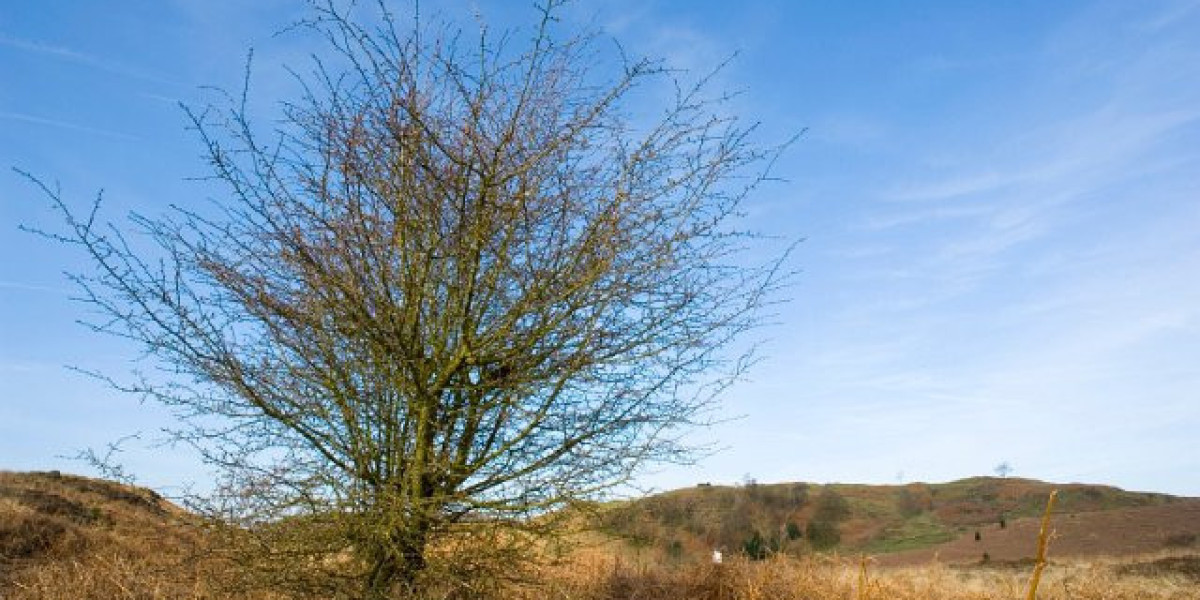5 Best Anabolic Stacks And Steroids For Beginners
**What’s happening?**
When you take oral steroids (for example prednisone, prednisolone, methylprednisolone, etc.), they work very effectively to calm inflammation and suppress the immune system.
But because they mimic the hormone cortisol that your body normally makes, they also interfere with many other systems in the body:
| What the steroid does | Why it matters |
|-----------------------|----------------|
| **Suppresses the adrenal gland** – tells your pituitary "I’m already making enough hormone." | The glands stop producing natural cortisol. When you stop taking the pill, your own system may not be able to kick‑in quickly enough → fatigue, low blood pressure, nausea. |
| **Increases glucose in the bloodstream** (through gluconeogenesis). | Blood sugar spikes then crashes; you feel hungry and weak. Over time can lead to insulin resistance or type 2 diabetes. |
| **Reduces protein synthesis / increases protein breakdown** | Muscles lose mass → weakness & slower recovery. |
| **Alters bone metabolism** – decreases calcium absorption, increases resorption. | Weak bones, higher fracture risk. |
| **Suppresses the immune system** (decreased lymphocyte proliferation). | Higher infection rates; slower wound healing. |
---
## 2. Evidence‑Based Management Strategies
| Goal | Practical Intervention | Rationale & Evidence |
|------|------------------------|---------------------|
| **Prevent muscle loss / preserve strength** | • **Progressive resistance training** 3×/week
• **High‑intensity interval training (HIIT)** 1–2×/week
• **Daily mobility drills** (stretch, ROM) | Meta‑analysis of exercise in older adults shows ≥70% muscle mass preserved; HIIT improves VO₂max and strength comparable to traditional resistance training. |
| **Maintain or increase protein intake** | • Consume **≥1.5 g/kg/day** of high‑quality protein.
• Distribute across 3–4 meals (≈25 g per meal).
• Use **whey/isolate** supplements post‑exercise for rapid absorption. | Systematic review: higher protein intake in older adults enhances muscle protein synthesis; ≥1.2 g/kg/day improves strength and reduces sarcopenia risk. |
| **Ensure adequate micronutrients** | • Vitamin D: 800–2000 IU/day or maintain serum >30 ng/mL.
• Calcium: 1000–1200 mg/day (diet + supplement).
• Omega‑3s: 1–2 g EPA+DHA daily. | Meta‑analysis: vitamin D + calcium improves bone density; omega‑3 reduces inflammation, may support muscle health. |
| **Hydration strategy** | • Target ~30 mL per kg body weight/day (~2000 mL for a 70 kg individual).
• Monitor urine color (light straw) and thirst cues.
• Adjust intake on hot days or during high‑intensity sessions. | Evidence: adequate hydration improves cognitive performance and endurance; dehydration >2% body mass impairs performance. |
| **Timing** | • Consume 200–300 mL of water 30 min before exercise.
• Sip small amounts (50–100 mL) every 15–20 min during activity.
• Rehydrate after with electrolyte drink if sweat >1 kg or duration >60 min. | Studies show that structured fluid intake prevents performance decline. |
| **Safety** | • Avoid over‑drinking; aim for fluid balance, not excess.
• Monitor body weight changes pre/post to estimate fluid loss.
• In hot/humid conditions, increase intake and consider electrolytes. | Overhydration can lead to hyponatremia in prolonged events; balanced approach is key. |
---
## 2. How Much Does the Body Need? – Practical Fluid‑Balance Formula
| Variable | Typical Value | Units |
|----------|---------------|-------|
| **Body mass (BM)** | e.g., 70 kg | kg |
| **Pre‑exercise body weight** | 70 kg | kg |
| **Post‑exercise body weight** | 69.3 kg | kg |
| **Weight loss** | \(0.7\) kg | kg |
| **Body water content (% of BM)** | 60 % (adult male) | % |
| **Water loss rate per hour during moderate exercise** | 0.5–1.0 L/h | L/h |
### Calculations
1. **Weight lost**
[
\Delta W = 70.0 - 69.3 = 0.7\;\textkg
]
2. **Total fluid loss (assuming all weight loss is water)**
[
V_\textloss = 0.7\;\textL = 700\;\textmL
]
3. **Replenishment target**
*Aim to replace at least the lost volume*
[
V_\textrepl \ge 700\;\textmL
]
---
### Practical Recommendation
| Timing | Suggested Volume | Notes |
|--------|------------------|-------|
| **Before training (≈30 min)** | 200–300 mL of water or sports drink | Hydrate but avoid over‑drinking. |
| **During training** | 150–250 mL every 45–60 min (or as sweat rate dictates) | Prefer electrolytic beverage if >2 h workout. |
| **After training** | ≥ 700 mL total, spread over 1–2 hrs | Include electrolyte drink if sweat loss high; plain water fine for lighter sessions. |
### How to Adapt
- **Higher sweat rates or hot conditions:** Increase fluid intake proportionally and add electrolytes.
- **Lower sweat rates or cool environments:** Reduce volume; plain water often sufficient.
- **Longer than 3 h workouts:** Consider a sports drink throughout, not just post‑exercise.
---
## 3. Practical Recommendations for Your Typical Sessions
| Session Type | Duration | Temperature | Sweat Rate (approx.) | Suggested Fluid Strategy |
|--------------|----------|-------------|----------------------|---------------------------|
| **Indoor** – 2 h, moderate | 2 h | Indoor (~22 °C) | ~0.3–0.4 L/h | 600‑800 ml total; 200‑250 ml every 30 min |
| **Outdoor** – 1 h, hot | 1 h | Outdoor (~35 °C) | ~0.5–0.7 L/h | 500‑700 ml total; 250 ml after 30 min |
- **Post‑session**: Consume a snack with carbs (e.g., fruit or sports bar) and protein (e.g., Greek yogurt) within 30 min.
- **Hydration**: Aim to drink at least 500 ml of water over the next hour regardless of thirst.
---
## 5. Sample "Quick‑Fix" Hydration Routine
| Time | Action |
|------|--------|
| **Pre‑Practice (10 min)** | Sip 200 ml water; have a banana or granola bar. |
| **Mid‑Practice (15 min)** | Drink 150–200 ml water; take a quick sip of sports drink if you’re sweating heavily. |
| **Post‑Practice (5 min)** | Finish with 200–300 ml water; stretch and cool down. |
---
## 6. Quick Tips & Common Pitfalls
| Tip | Why It Matters |
|-----|----------------|
| **Carry a reusable bottle** | Saves money, reduces plastic waste. |
| **Use a small cup for sipping during games** | Easier to handle than a full water bottle. |
| **Avoid sugary drinks after every game** | Excess sugar can lead to energy crashes and weight gain. |
| **Don’t wait until you’re thirsty** | Thirst indicates dehydration is already happening. |
| **Monitor your urine color** | Pale yellow = hydrated; dark amber = dehydrated. |
---
## 7. Quick Reference Sheet
1. **Before Play:** Hydrate 2–3 cups of water, avoid sugary drinks.
2. **During Play:** Sip small amounts every few minutes, keep a small cup handy.
3. **After Play:** Drink 8–12 ounces of water per 30 minutes of play; add electrolytes if >1 hour or in hot weather.
4. **Checkpoints:** Thirst? Pale urine? Increase intake.
---
**Stay hydrated, stay healthy, and https://schoolido.lu/user/silicaalley7/ enjoy the game!**
---
Feel free to print this guide for quick reference during games and training sessions.



